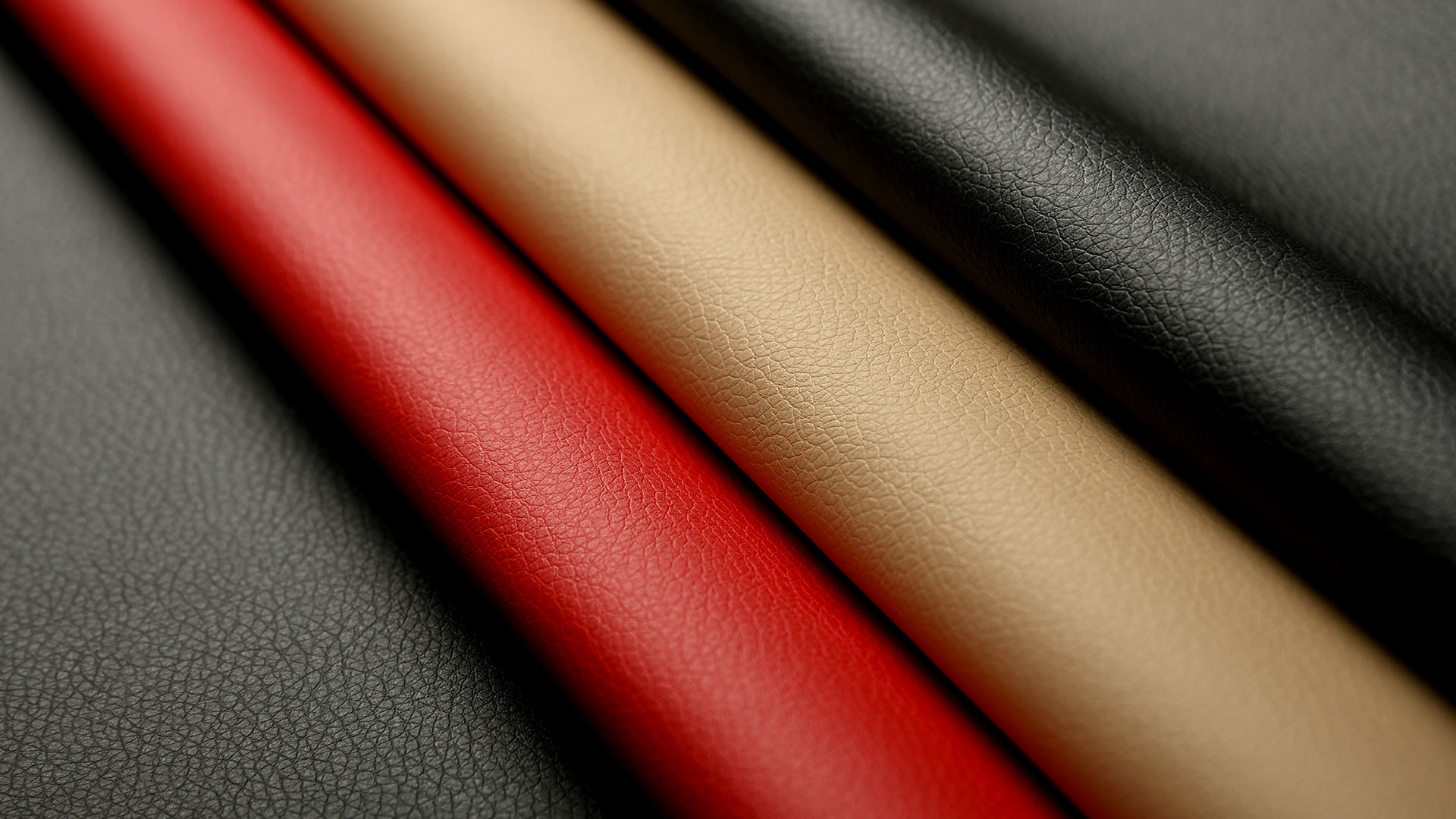What are the advantages of pig feed additives?
In recent years, the pig farming industry has developed rapidly, and the supply of pork is insufficient to meet demand. With the improvement of people's living standards, the demand for high-quality pork is also increasing. In recent years, it has been found that adding additives to pig feed can effectively ensure the improvement of nutrition in pig feed and allow pigs to consume more nutritious feed. What are the advantages of pig feed additives? In this article, let's take a closer look.
Compound feed is a product that scientifically mixes various feeds in a certain proportion according to the nutritional needs of pigs. Pigs with different production purposes and physiological conditions use different feed additives.
What are the advantages of pig feed additives?
1. The feed formulated according to different production purposes and corresponding feeding standards is nutritionally comprehensive, has a high feed conversion rate, reduces production costs, and has high economic benefits;
2. The variety of feeds used in compound feed is extensive, and the nutrients complement each other, which can make full use of existing feed resources, reduce feed costs, and expand feed sources.
3. Various additives can be used according to different production purposes to prevent nutritional deficiencies and imbalances, control the growth of pathogenic microorganisms, reduce diseases, promote growth, improve feed utilization, enhance body quality, and increase productivity.
Mixed feed additives are feed products that simply mix several feeds together. They do not take into account the nutritional needs of pigs. The nutrients in the feed cannot be provided in a balanced manner, leading to nutritional deficiencies or waste. According to experiments, compared to single feed additives or simple mixed feed additives, the former has a feed-to-meat ratio of about 3:1, while the latter is usually 4.0-4.5:1, or even higher.
Latest developments







